Play a game with me. When I say go…make an o-kay sign with your fingers like this:
Now take that okay sign and place it on your chin. Ready set go…Chances are you placed it there, but if I had been standing in front of you and I had instead modeled by placing mine on my forehead, most of you reading this would have unintentionally done the same. Whoa, freaky, right?
Now, let’s imagine…It’s hot…really hot. The fans have stopped working in the classroom; there was an unannounced fire drill; Jamal and Tim have been arguing all morning; Kara is whimpering in the back of the room; three of the kids are flopped down on desks; your plans have fallen by the wayside, and you find your blood pressure rising higher and higher to the point where you think you might scream…
Don’t beat yourself up. It’s in our biology to react to tough situations like these. What exactly is going on in each of us when we are engaged in these sorts of fires (no pun intended:) in our classrooms? Let’s use our hands to model what is happening in our brains. The area of the palm and down will represent the brainstem.
This is responsible for regulating essential survival body functions, i.e. breathing and heart rate. Fold your thumb over your palm.
The thumb represents the mid-brain. This is where the brain stores emotions, memories, and where fight/ flight is. Now fold your fingers over your thumb.
The whole outer surface of your fist now represents the cortex. The back processes our senses, and the front is the thinking part of the brain. The very front is the area called the pre-frontal cortex. Notice where it is in your hand—very close to the midbrain and brain stem. This part of the brain regulates emotions, interpersonal relationships, response flexibility, intuition, self-awareness, and morality, amongst others. When things are going good, the integrating fibers connecting these parts are sending messages throughout our brain, but what happens when we’ve had a really hard day, didn’t get enough sleep, and our kids are acting out too? We flip our lids (on your hand–flip up your fingers)!
So now our prefrontal cortex is not functioning. Does this mean we literally open up our brains? No! But it has been shown in PET scans that there are very few connections firing from the prefrontal cortex to the other portions of the brain when we are stressed.
So if this prefrontal cortex was responsible for executive functioning, do we now have the ability to regulate our own emotions? NO!
Be appropriate in interpersonal relationships? NO!
Have intuition? NO!
Have the ability to respond flexibly? NO!
Are we even aware of how inappropriate we are being in the moment? NO!
Now think back to the first game we played, when (if we had been together in person) many of you would have copied me without thinking. Scientists have discovered that in most of our prefrontal cortexes, there exist little neurons called “mirror” neurons. They are called this because they allow us to copy intentional behavior from someone else. This has been shown for intentional movements. For example, if you see someone yawn, typically you also start yawning. You’re not sure quite why it’s happened, but it’s actually your mirror neurons triggering a response in you to copy that person. This has also been shown for intentional emotion. So you’re watching a comedy on TV, and the people are laughing and smiling. Chances are you are mirroring that behavior as well. Your boyfriend/girlfriend is very sad, chances are you will become sadder. Your best friend gets a job and is jumping down excited, chances you will be too! So given that we all have these mirror neurons, if you come into the classroom this way (hand flipped) what will happen to your students?
They will do the same thing.
Or if your children are having a rough day, and they have flipped their lids…what is likely to happen to you?
But if you stay calm (hand remains closed), what is that more likely to invite from your children?
The ability to do this, to re-gather ourselves and allow our brains to think and process properly again, is a critical skill, for both adults and children. Because we have mirror neurons, your modeling of this skill is very, very helpful.
I share info with teacher candidates and practicing teachers about their own and children’s flipped lids, not to make you or them feel badly about teaching practices–because hey, it’s only human, and we are all human! Instead, hopefully reading this and playing along with me has opened your eyes to the power that we have to change attitudes, behaviors, and outcomes in our classrooms just by thinking about our lids and working to keep it down. The best way to keep our lid down is through knowledge and skills that are related to classsroom management and community-building, my babies:) This is what I hope to share more of through my posts here. Read back for more and think about your “lids”!
:)Kira Hamann
P.S. I’ve got to give credit where credit is due–much of what I’ve written about I learned from the best, Positive Discipline in the Classroom teacher and parent educator training. Thanks to Dina Emser and Jane Nelson and the PD crew!
Tagged: brain, classroom management
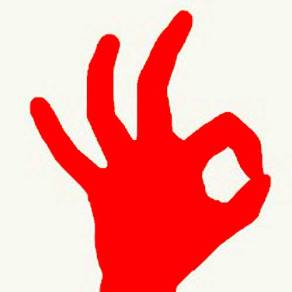
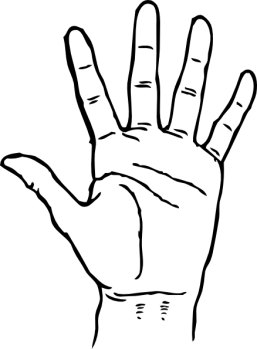
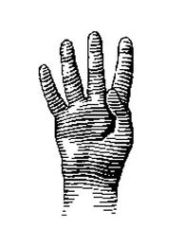
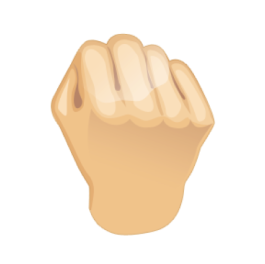




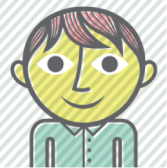


Leave a comment